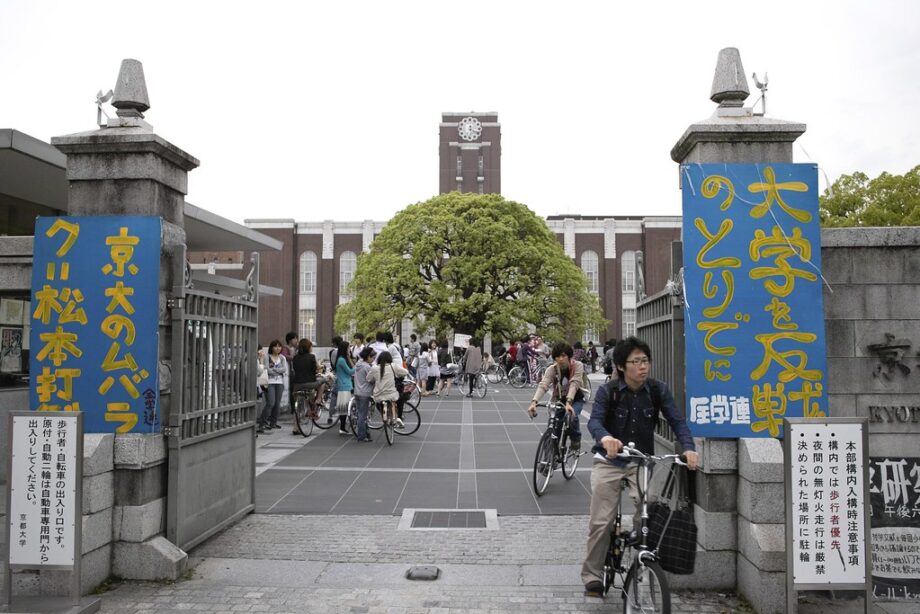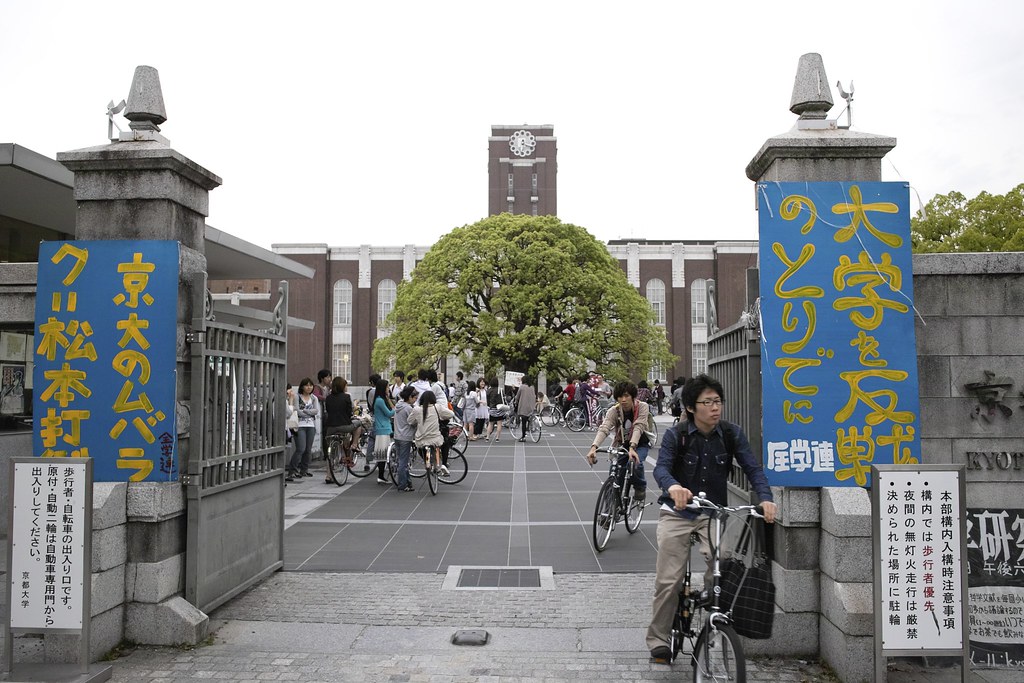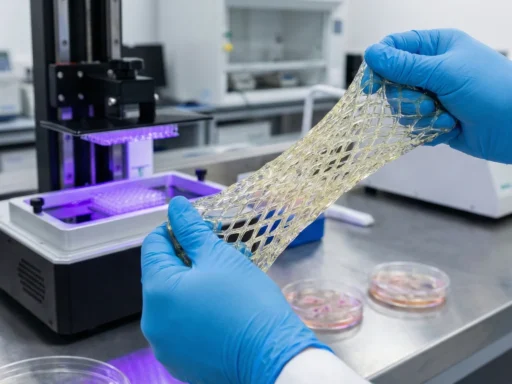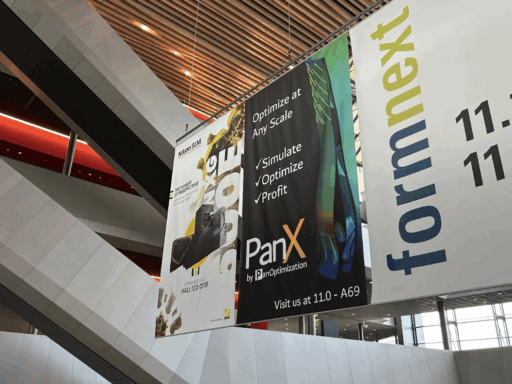Researchers at Kyoto University revealed a groundbreaking advance in regenerative medicine, reports The Japan Times citing the university’s announcement. A team at the university’s Center for iPS Cell Research and Application (CiRA) has successfully grown 3D jawbone-like organoids from human induced pluripotent stem (iPS) cells – in the world’s scientific first.
Published in Nature Biomedical Engineering, the study details how researchers cultivated iPS cells into aggregates that gradually formed jawbone cells. As the cultures developed, small white clusters measuring 1.0 to 1.5 millimeters appeared, demonstrating clear signs of calcification. When transplanted into holes drilled into the mandibles of mice, these organoids matured into bone tissue. Within four weeks, the gaps were filled with structures comparable to those produced through conventional bone grafts.
Reproducing jawbone tissue has posed challenges for a long time, as its development is significantly different from other skeletal bones, and until now, technologies failed to mimic its dense cellular networks. This breakthrough signals a brand new approach to both regenerative therapies and drug discovery.
In addition to bone formation, the CiRA team successfully created a disease model for osteogenesis imperfecta, widely known as brittle bone disease. To do so, scientists used iPS cells derived from patients. Importantly, when the genetic mutation responsible for the disorder was corrected, the cells produced healthy bone tissue.
Lead researcher Sota Motoike expressed optimism about the clinical potential of the findings. “We hope to develop regenerative medicine for jawbones lost to gum disease and cancer, as well as treatment using the disease model,” Motoike said.
The iPS technology, pioneered in Japan, continues to push the boundaries of patient-specific and regenerative medicine.






